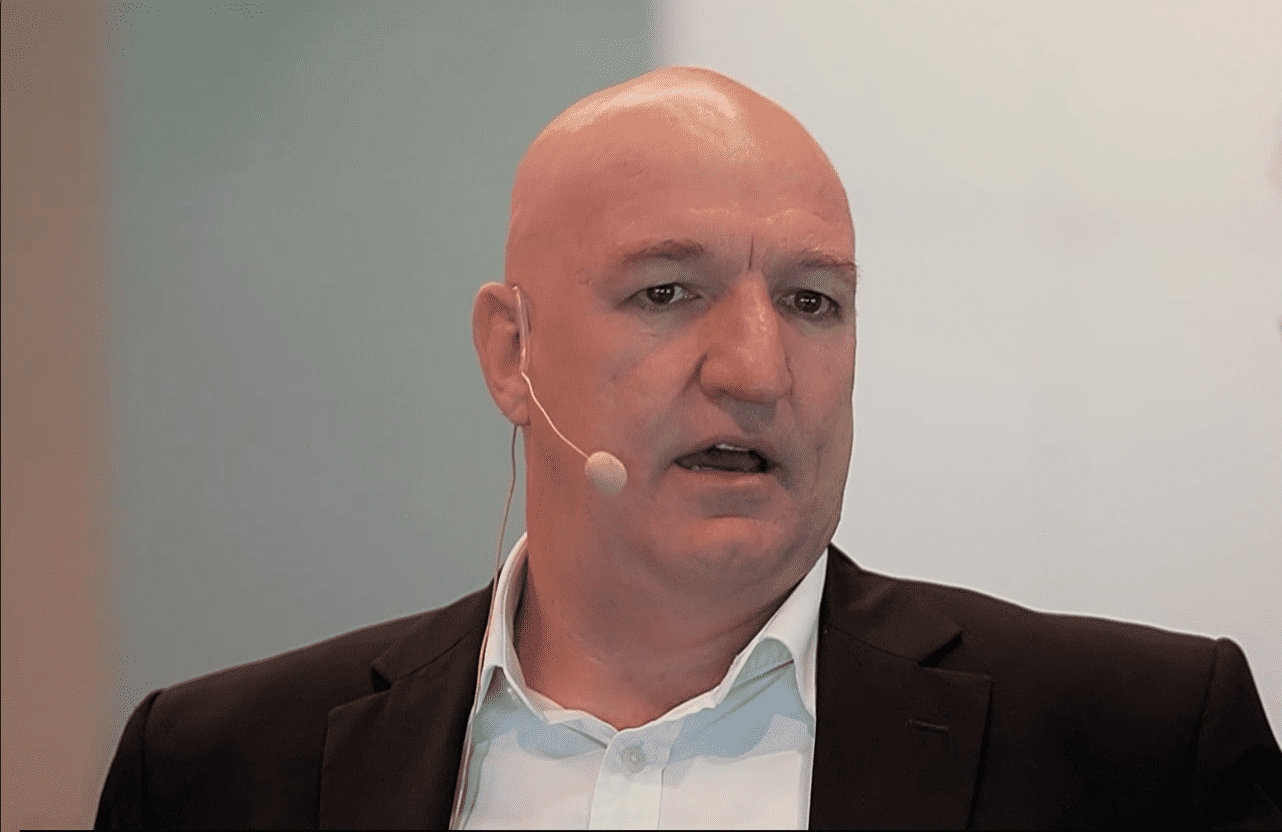In 2016, shares in Fortescue Metals Group Limited (ASX: FMG) have risen by 165%. That's ahead of iron ore peers BHP Billiton Limited (ASX: BHP) and Rio Tinto Limited (ASX: RIO). They have increased in value by 15% and 5% respectively year to date. Due to its gain, investors in Fortescue may wonder whether now is the right time to sell. In my view, its uncertain future makes that a sound move.
Iron ore
As a pure play iron ore company, Fortescue is dependent on the price of the steel-making ingredient. Iron ore is now trading at a two month low following a 9.8% fall in the last month. This is partly due to a supply increase when Vale's S11D project in Brazil starts production in January 2017. This will add 90 million tonnes at full capacity. This is in addition to the Roy Hill project which will reach full capacity in 2017.
Alongside this is further pressure on China from the G-20 to cut steel production as part of a global move to reduce the overcapacity of steel. Therefore, the outlook for iron ore is uncertain and downbeat. Its price is forecast to fall to US$30 per tonne by 2025.
Fortescue has a break-even price for a 62% equivalent product of around US$30 per tonne. This is the result of rapid expansion during the 2010-2013 commodity bubble which made the cost of Fortescue's installed capital base higher than for many of its sector peers. Therefore, its cost curve is higher than for BHP and Rio Tinto. This means that it may suffer more than peers if the iron ore price falls as expected.
Financial standing
Fortescue has embarked on a cost reduction programme which has proven to be successful. It has reduced cash costs by 43% to US$15 per wet tonne and expects this to fall to as low as US$12 per wet tonne in financial year 2017.
However, Fortescue's leverage is a cause for concern. Its production increases in recent years have left its balance sheet overstretched in my view. For example, Fortescue has net debt of US$5.2 billion. Although this has fallen from US$7.2 billion a year ago, it equates to a net debt to equity ratio of 62%.
Fortescue has limited headroom when servicing its debt. Its interest coverage ratio was 2.7 last year, which could narrow if the price of iron ore falls in the future. Further, Fortescue's debt is exclusively denominated in US dollars. Should commodity prices fall, the Australian dollar could depreciate versus the US dollar. This would increase the cost of servicing its debt as well as the overall size of Fortescue's debt pile in Australian dollars.
Outlook
Due to an uncertain outlook for the price of iron ore and Fortescue's relatively unstable financial standing, its risk/return ratio is unfavourable in my view. Following the capital gain of 165% in 2016, I believe that now could be the right time to sell shares in Fortescue in favour of these three blue-chips.








